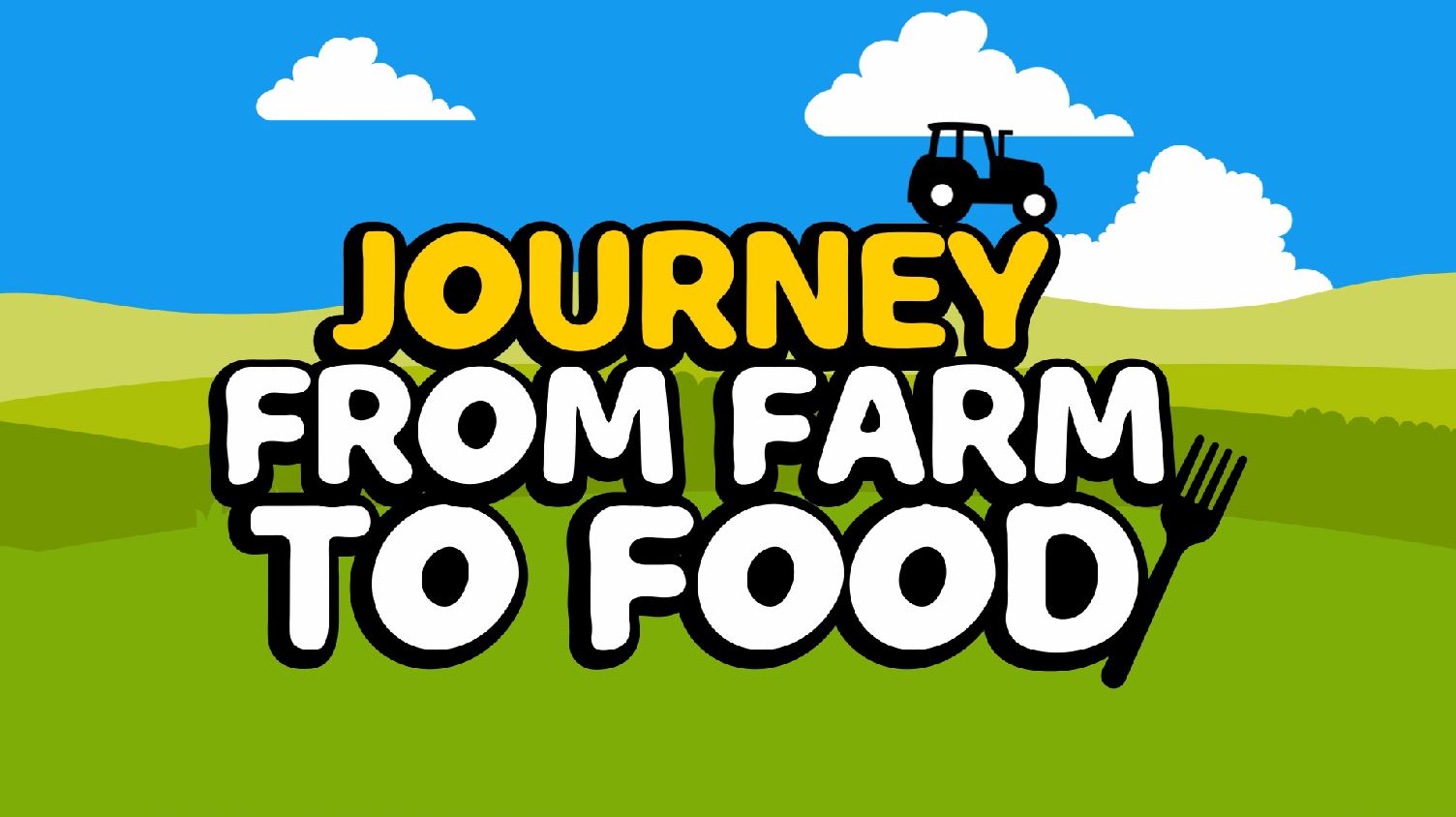Improving control of liver fluke infection in cattle in the UK
Fasciola hepatica, the common liver fluke, is the most frequently diagnosed internal parasite that affects growing and adult dairy and beef cattle in the United Kingdom by VIDA, with about 15% of diagnosable submissions attributed to liver fluke by AHVLA and SAC (http://vla.defra.gov.uk/reports/rep_vida09); it causes sub-clinical infections leading to production losses and liver condemnation at the abattoir as well as clinical disease in sheep and cattle.
The prevalence of fluke infection has increased significantly in the past 15 years, possibly as a result of a run of wet summers and mild winters. A recent study suggested that 76% of dairy herds in England and Wales were exposed to fluke (McCann et al 2010a).
Objectives
The aim of this project is to improve control of F. hepatica infection in cattle sustainably, reducing reliance on drug treatment.
To achieve this we have identified the following objectives:
- Improved diagnosis – to rapidly and accurately identify farms with fluke infection and to discriminate between Fasciola infection and paramphistome infection
- A cost benefit analysis to define how much fluke infection costs at the level of individual animals and at the national level – to evaluate the cost effectiveness of proposed advice to farms to control fluke, we need better information on how much fluke costs beef and dairy farms.
- Classification of snail habitats and identification of factors that influence contacts between cow and fluke.
- Identification of on-farm risk factors for fluke
- In silico evaluation of changing on-farm risk factors on prevalence of fluke infection and development of a farm-based fluke control plan.
- Evaluation of the fluke control plan on reducing fluke infection on dairy and beef farms.
The work is being carried out by a consortium of researchers from the University of Liverpool, the Moredun Institute, the Centre for Hydrology and Ecology (CEH) and Scotland’s Rural College (SRUC).
The project is funded by the Biological and Biotechnological Research Council (BBSRC), HCC, AHDB, Agrisearch and QMS.


